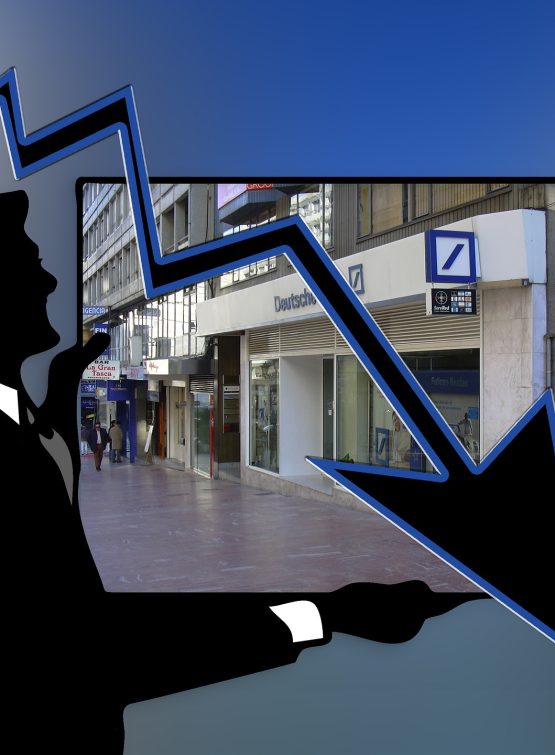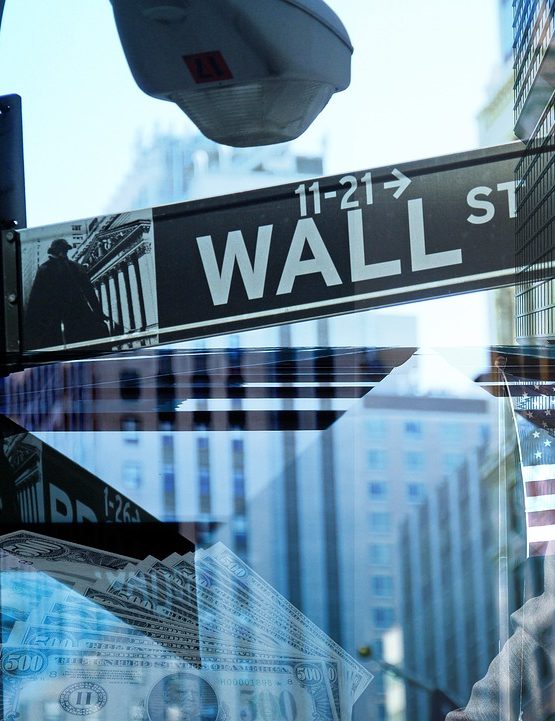Overview:
Everyone who is in the investing arena knows what an asset is. In simple terms, an asset is a means of storing your wealth for future purposes. It could be anything like gold, land, house, shares, bonds, etc. An asset is something that puts money back into your pocket. In general accounting principles, if you buy a car, it comes under an asset. But, if you observe thoroughly, a car does not earn any additional money for you. Instead, you have to spend regularly on it for gasoline or diesel, maintenance, and repair charges. If you have purchased it on EMIs, they are extra charges. Also, the monetary value of your car decrease day by day; it is called depreciation.
A real asset does not depreciate in value. In this article, we shall discuss what an asset price bubble is and its effects on the economy.
Asset Price Bubble:
An asset price bubble occurs when the price of an asset, such as stocks, bonds, real estate, or commodities, increase at a very fast rate without any fundamentals justifying the price hike like an imbalance between supply and demand, a recent discovery of use or value, etc.
It is usual to see some ups and downs in asset prices; for example, a company share listed on the stock exchange may rise by 20% in a month and correct or fall by 10% next month. It usually happens by the profit-booking by investors who sell the shares for making some profits from the recent price hike. This process leads to the healthy maintenance of the asset price and its underlying fundamentals.
In the asset bubble phase, what happens is the continued increase in the prices at an exponential rate. This process may take time like ten years or more sometimes.
What causes the Asset price Bubble:
Usually, every asset trades under an equilibrium price that both buyers and sellers agree with each other. In the bubble phase, the prices reach new highs without any pullbacks or corrections, which results in price ranging out of equilibrium rate. It happens due to the increasing supply of money and credit into the market. For example, if the required margin for any futures contract is reduced, it increases the participation of buyers to bid higher prices.
Cantillon Effect:
In depressive economic situations, the central bank or government monetary authority expands the currency supply or credit into the economy, like the recent fiscal stimulus offered by almost all central banks in the world. Such actions induce the new currency or credit to enter specific markets like stocks, bonds, or commodities. As a result, prices of assets continue to rise over the period, and it is known as Inflation. Early recipients like financial institutions and asset management companies are backed with new currency/credit and participate in bidding up higher prices for assets and securities before the rest of the economy knows about it. It is called the Cantillon Effect.
Typically, this buying activity in the market focuses on specific assets, securities, or economic goods, and therefore, the relative prices of such assets rise compared to other goods in the economy. This process creates an asset price bubble. The prices of these assets do not reflect the real conditions of supply and demand like all other goods in the economy but are steered higher by the Cantillon Effect of the new currency entering the economy.
Bubble Build-up:
As the asset price continues to rise at an alarming rate, the novice investors and speculators enter the market; it is similar to a Snowball effect. These new participants bid the price even higher, and asset price moves even farther to the market fundamentals. The only reason for investments is speculation that asset price continues to increase forever. By this time, the assets are at extremely inflated levels.
The real problem starts when the asset bubble picks up so much speed and manipulation. Everyday people, who are the last recipients of the newly created currency, take notice and decide that they can also profit from rising prices. They are mom and pop investors with little or no investing experience.
The new money/currency has advanced into the economy to reach the pockets of the common public. By this time, the prices of other goods and services are also bloated in the economy. Since everyone has access, the new money no longer has the power to continue increasing the relative prices of these bubble assets.
Bubble Burst:
The early participants in the price rally sell to the latecomers at very good profits. The late entrants in the markets could not make any profits since no extra money was available. The asset seems to be at its peak, and without any external stimulus or credit by the central bank, the asset could not maintain its high price. This speculation dies when the price deflation starts, the late buyers feel disappointed by feeble or zero gains. It leads to the first sell-off causing the price to fall by 20% or more within a short time.
The remaining batch of the late entrants also get panicked by the sharp fall. They try to sell and close their positions as soon as possible. All of that speculative optimism of the asset goes away. The bubble price begins to fall sharply towards the underlying fundamentals. Usually, it takes years for an asset price bubble to reach its peak price, but the fall happens very rapidly within a few weeks or months.
For instance, Bitcoin was trading at $1000 in January 2017; it rose to $19890 by December 2017, a rise of 1889% in just 12 months. It eventually crashed to $3210 in December 2018, a crash of 84%. Imagine the pity of people who bought it for $19000. The timing of an investment along with the price makes or breaks your investing career.

Conclusion:
To summarize the whole content, the asset price bubble means the underlying asset priced at unreasonable prices. It all starts with the extra availability of currency and credit created by central banks or government fiscal measures. This excess liquidity first reaches large players like banks, financial institutions, and major corporations. It results in the purchase of assets like shares, bonds, commodities, and real estate, which causes the prices of assets to rise at a rapid rate.
As time passes by, excited by the price appreciation within a small time frame, general public and small retail traders get involved in the bidding of these assets. The large players who bought the assets in the early stages sell these to new entrants, usually retail traders. This is the bubble pop phase where no extra money or new buyers are available.
Most of the late entry participants were just speculating on the assets, and they possess very little knowledge of the fundamentals. When the asset price starts falling, the people who bought the assets at high valuations get scared. This results in the selling of assets at whatever the price possible, which sends the asset price crashing down to the bottom. Some of the assets have lost more than 90% of their price at the end of a bubble burst.
Disclaimer:
I provide the information and my views on the website only to educate people, new investors, and stock market enthusiasts on equity and other market investments. Please consult a SEBI registered financial advisor before making any investments in the stock or commodity markets. In case of any queries, you can contact me on Contact Form or email: admin@valueinvestingonline.in.





1 Comment